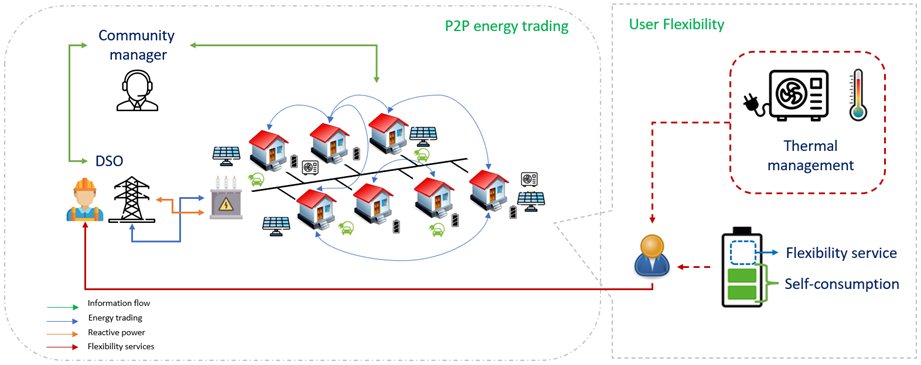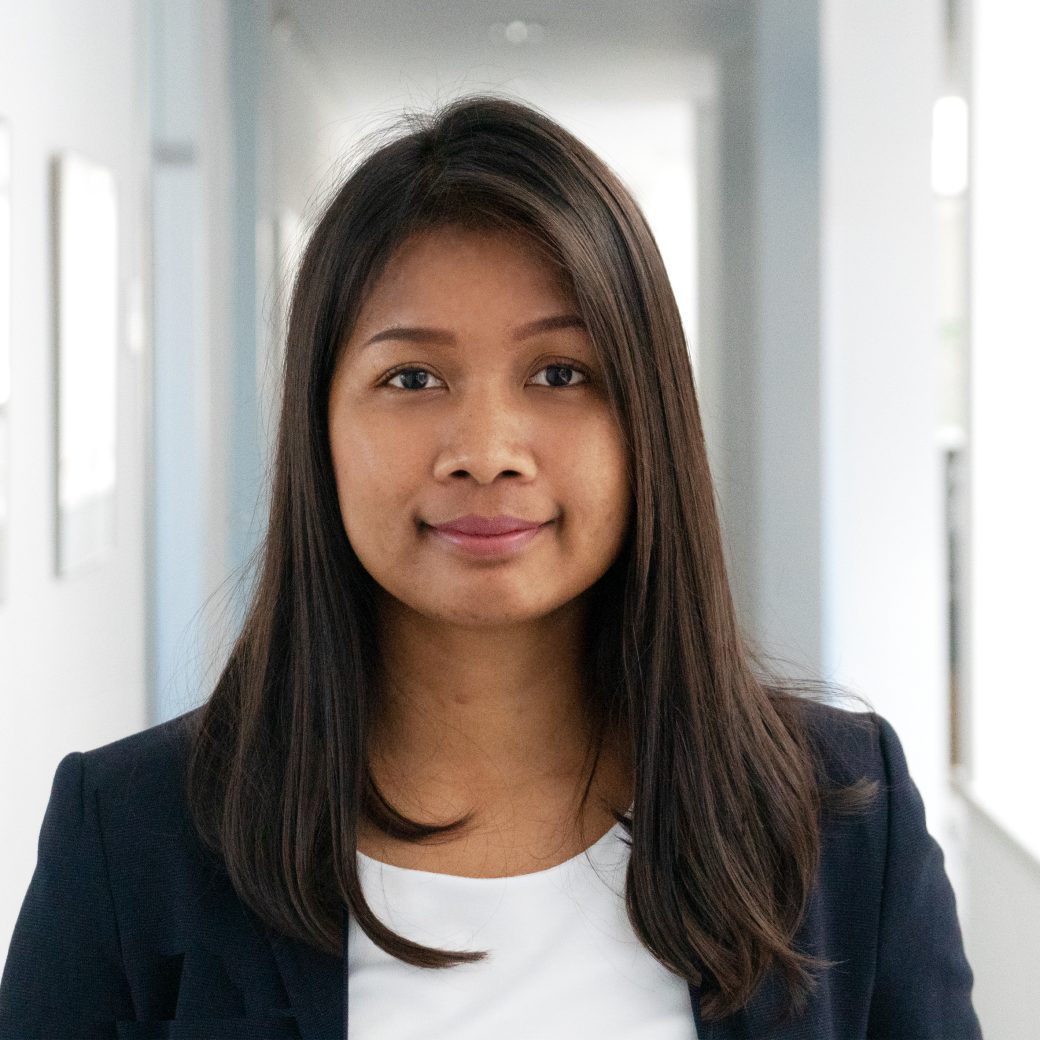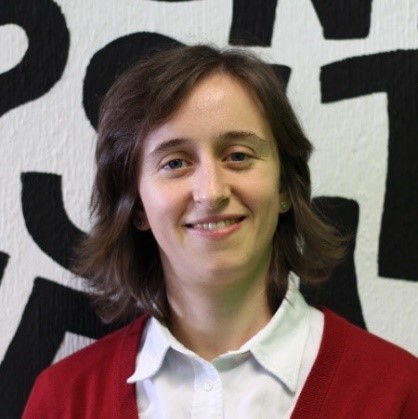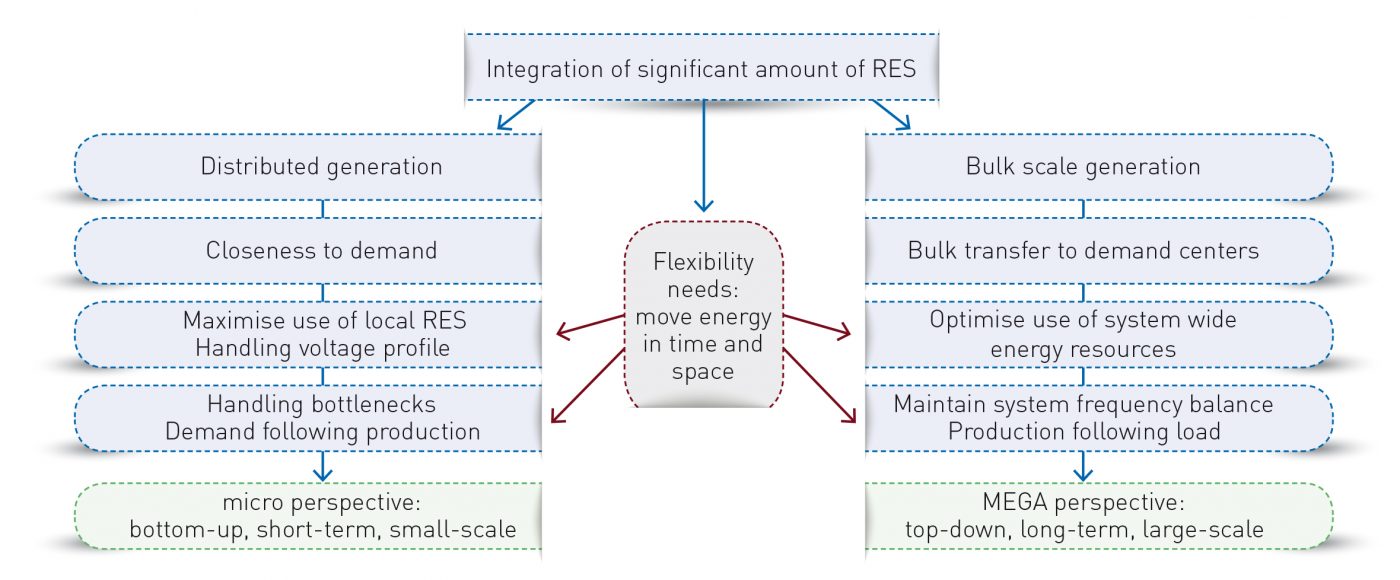Examples of these trends are the electrification of energy consumption and the increasing volume of distributed generation being connected to the distribution grid.
The relationship between transmission system operators (TSO) and distribution network operators (DSO) is changing. Examples of these trends are the electrification of energy consumption and the increasing volume of distributed generation being connected to the distribution grid. In Europe this subject is highly relevant as pointed out by ENSTO-E (European Network of Transmission System Operators for Electricity) in their paper, Towards smarter grids: Developing TSO and DSO roles and interactions for the benefit of consumers published in March 2015, and ACER (Agency for the Cooperation of Energy Regulators) in their conclusions paper, Energy Regulation: A Bridge to 2025 published in September 2014. ENTSO-E is an association which represents 41 European TSOs and has an objective to promote closer cooperation across Europe’s TSOs to support the implementation of EU energy policy objectives of affordability, sustainability and security of supply. ACER is an agency of the European Union with the overall mission to complement and coordinate the work of national energy regulators at EU level, and to work towards the completion of the single EU energy market for electricity and natural gas. The expected increased interaction between TSOs and DSOs will result in both technical and non-technical challenges.
IEA ISGAN Annex 6 has published a discussion paper in which the current and future cooperation between TSOs and DSOs has been investigated. Six critical grid operation challenges have been identified:
1. Congestion of the transmission-distribution interface
2. Congestion of transmission lines and distribution lines
3. Voltage support (TSO↔DSO)
4. Balancing challenge
5. (Anti-)Islanding, re-synchronization, and black-start
6. Coordinated protection
For each case, country experts provided first-hand information about the status and expected development of TSO-DSO interaction in their respective countries. This resulted in an overview, by country, of the interaction between grid operators and provided input for the discussion about how this interaction could evolve in years to come. Technical aspects, as well as policy aspects, have been taken into account.
The technical solutions required for a closer interaction between TSOs and DSOs are very similar for most of the identified cases, except for the case of islanding & black-start. From a high level viewpoint, grid monitoring has to be implemented, communication between TSO and DSO has to be established and means of communication between the DSO and its flexible customers have to be available. DSOs should also be able to perform (quasi) real time network simulations with input from measurements on the grid.
Such technical requirements should not be underestimated regarding implementation and operational cost, complexity and skills required. These could be a challenge, especially for smaller distribution network operators. Nonetheless, only the distribution grid operator has information about the actual grid configuration and grid loading. This means that even when other entities take up certain roles, for example the role of aggregator, the distribution network operator will always be responsible for monitoring the grid and will need to implement communication solutions to one entity or another.
With the current status of technology, technical requirements for an evolved interaction between TSOs and DSOs can be met. However, several non-technical issues, or points of discussion, have been identified which are closely related to the regulated environment grid operators are working in.
• Maintaining a balance between infrastructure investments and use of flexibility
Flexible demand and generation can be used to support grid operation and avoid infrastructure investments. A minimum use of flexibility will be necessary to avoid over investing, but the impact on the processes and business cases of flexible customers has to be limited. The flexibility available by curtailing renewable energy sources needs to be limited to avoid a high loss of renewable energy.
• The role of markets
Which grid operation challenges should be met by introducing markets and which should be managed only by technical means and appropriate bilateral contracts? It is proposed to use market mechanisms only for the balancing challenge, which is applied today in various countries. Coping with local grid operation challenges such as critical transformer loading, line loading and voltages, is proposed to be managed by the network operators, optimally interacting with each other and using flexible customers when necessary. Because of the local nature of the mentioned grid operation challenges, markets would not work efficiently. Instead, a regulatory framework is required for bilateral contracts between flexible customers and network operators, facilitating the use of flexible generation and demand for grid operation purposes.
• Setting a level playing field for flexibility
When the combined flexibility of customers on the distribution and transmission grid is used, favoring one set of customers at the cost of the other should be avoided. For example, when facing critical line loading on the transmission grid, the use of flexibility of only distribution connected customers would be undesirable. Some mechanism, probably in discussion with the regulator, should be implemented to cope with this.
• The role of regulation
Closely related to the previous statement is the discussion point on how grid operation should evolve:
more regulated, with clearer and stricter roles, or more open, with guaranteed interaction between grid operators and new market players? There is no one size fits all solution but in any case, a clear definition of the roles and responsibilities of all participants in future grid operation will be necessary and will serve as a good start.
A clear policy framework will, in every case, push forward investments in Smart Grid solutions to deal with the discussed challenges that grid operators are facing.
The article is based on a discussion paper published by IEA ISGAN Annex 6.





































 The participants at these two meeting days have shown a high level of engagement and it has been highly valuable to learn from each other. In short, we can conclude that these meetings were very productive and successful in gathering a large amount of knowledge.
The participants at these two meeting days have shown a high level of engagement and it has been highly valuable to learn from each other. In short, we can conclude that these meetings were very productive and successful in gathering a large amount of knowledge.
